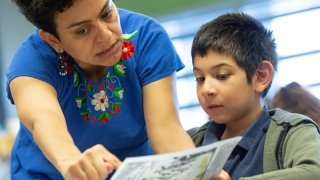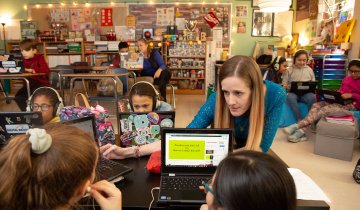Editor’s Note: Sandra Kaplan is a recognized authority in gifted education, and co-directs USC’s The Discovery Project with colleagues from the USC Sol Price School of Public Policy and Viterbi School of Engineering.
Have you ever read the expressions on people’s faces to understand what they are thinking?
Have you scanned pictures on a menu to read the cuisine?
Have you determined the potential score of a game by reading players’ body language?
Applying reading skills in other situations facilitates higher-level comprehension, and it plays a central role in Reading Beyond Words.
Reading Beyond Words represents the set of reading skills, curriculum and instructional strategies that have been developed and provided to classes comprised of third- and fourth-grade gifted, English learners and special education students.
Addressing all learners
The underlying concept of Reading Beyond Words, which is supported by a U.S. Department of Education grant, is related to the advocacy efforts to promote the “spill-over effect:” demonstrating how differentiated curriculum traditionally developed and implemented for gifted students is appropriate and can impact all students.
While gifted education can be beneficial, it has also received criticism for exacerbating educational inequities.
One study found that low-income, Black and Brown students participate in gifted curriculum at lower rates than their White, Asian and wealthier peers.
However, the spill-over effect enables all students to experience curriculum that can introduce and facilitate opportunities for the development and expressions of potential, traits and abilities that help identify learners as advanced or gifted.
(USC also has a Jacob Javits Department of Education grant called Project Reach EACH that has been examining multiple ways to change the definition and methods of identification of students of diversity.)
Implementing advanced reading skills
The skills included in the Reading Beyond Words curriculum relate to understanding and applying rudimentary or basic skills such as central theme and summarizing.
Also emphasized are the skills of critical, creative thinking and problem solving (making connections, judging with criteria, prove with evidence).
These skills are introduced and applied to reading beyond words: landscapes, architecture, sounds, styles of communication, fashion, color and artifacts.
The following charts provide active involvement in applying reading skills to various contexts.
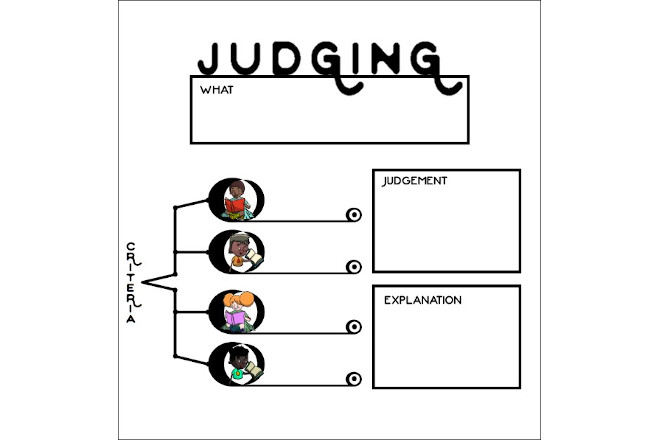
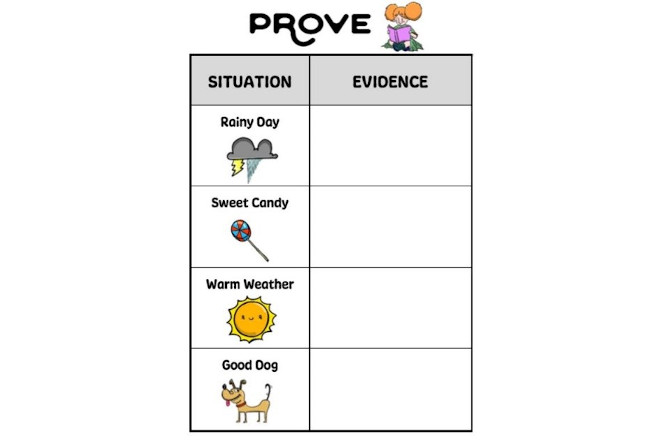
A variety of different patterns for reading are also introduced to students to present alternative structures to engage in the “art of reading.”
Reading side-by-side introduces students to the process of comparative analysis of a theme or interest by reading two selections within the same genre or across two different genres.
Reading around the genre enables students to read a range of different genre related to a self-selected interest or question.
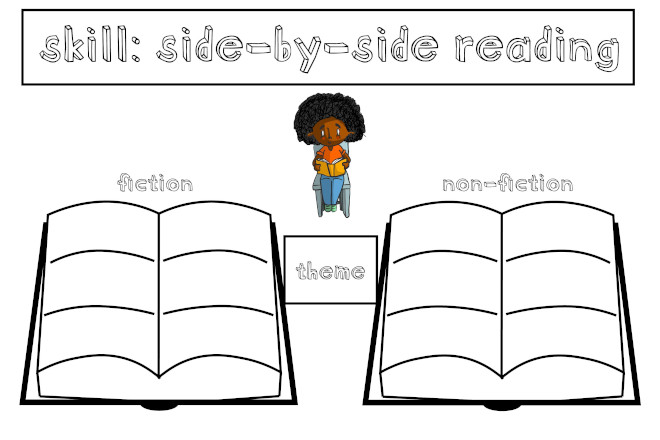
Promoting intellectual equity
A primary purpose of providing advanced reading skills, initially designed for gifted students to all students within a heterogeneous classroom, is to promote “intellectual equity” among students.
The curriculum also reinforces learning-to-learn skills and emphasizes the importance of becoming a scholar as well as achieving success in the areas of reading. And like The Discovery Project, another summer gifted education program offered by USC, it provides opportunities for students at various ages to experience and extend curiosity.
Reading Beyond Words can provide educators and students with a new perception of “what is a reader” and reinforce the important art of reading.

